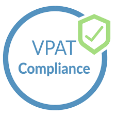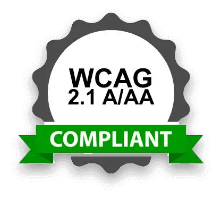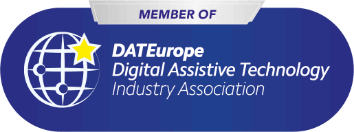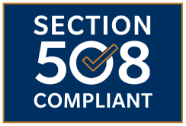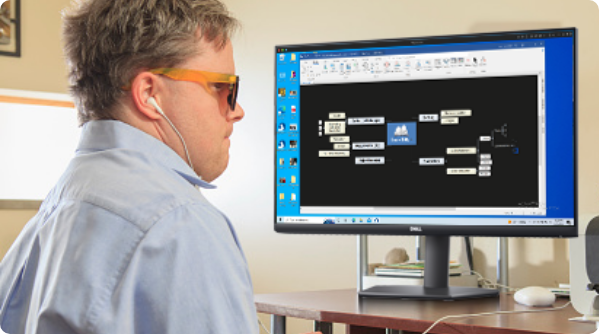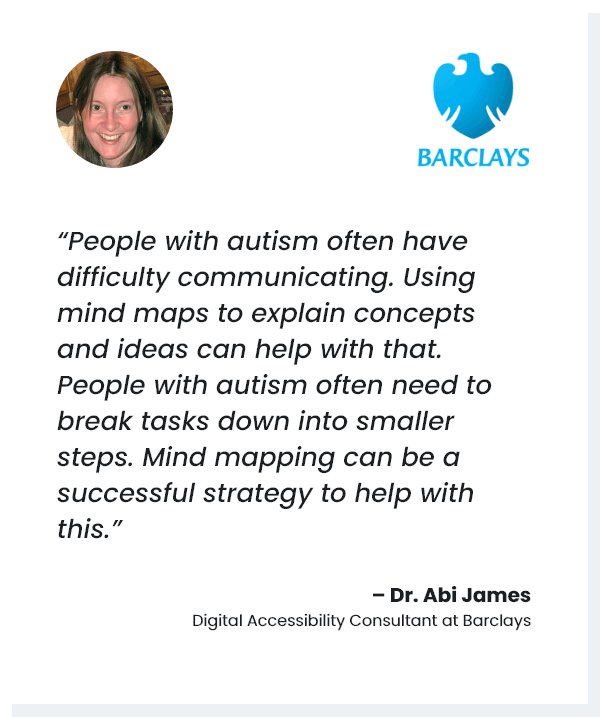This website uses cookies to improve user experience. Privacy Policy
What makes MindView AT an Assistive Technology?
MindView AT has been designed as a productivity tool to enhance executive function capabilities. MindView AT is simple, yet sophisticated enough to assist individuals of all ages, whether they are working through their academic career or are an employee in the workplace. MindView AT caters to all people with neurodiversity conditions such as:
- Dyslexia
- Autism
- Attention Deficit Hyperactivity Disorder (ADHD)
- Blindness and Visual Impairment
- Executive Function Disorders



